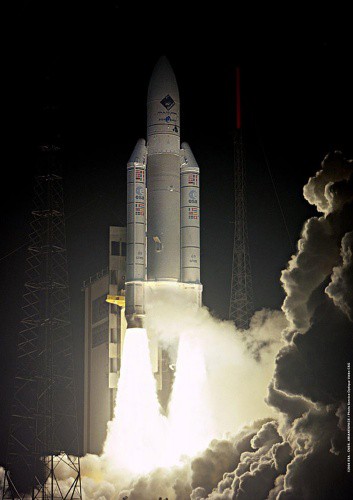A new method of creating magnetic memory could lead to more robust and secure systems that are not affected by heat or magnetic fields, for applications such as credit and ID cards that cannot be read by passers-by. Rather than encoding data by creating a pattern on a magnetic material using another magnet, this technique, which has been developed by researchers from the US Army and Naval Research Labs, Corning and the University of Nebraska, changes the intrinsic properties of a material in a way that cannot be simply changed and requires proximity to read.
The technique works by changing the magnetic permeability of the memory material: that is, its ability to become magnetised. Magnetic permeability is a property of materials known as ‘soft’ ferromagnets, in which the magnetic field can be reversed easily. Generally alloys of nickel and iron, they are used the cores of electrical transformers to reduce energy loses associated with the rapidly-reversing magnetic fields of conductors carrying alternating current.

The memory research used commercially-available ferromagnetic materials deposited in layers. The team changed the magnetic permeability of areas of the material by heating them with a laser. This caused the amorphous material to crystallise locally, which reduced the permeability. This change in permeability could then be read by monitoring changes in a probe magnetic field.
“It was a big step just coming up with the idea of using magnetic permeability to store information, and coming up with a practical way of getting the memory near the sensor so that it can be read,” said one of the researchers and co-author of the paper in which they explain the project, Alan Edelman of the Army Research Lab in Maryland. “I was surprised and pleased that we could make this approach work.”
The magnetic memory approach is used in credit cards, and in recent years has been replaced with RFID chip embedded in the card. These can still be read at some distance with RFID reader devices. But the magnetic permeability system requires a reading device to be just 10µm away from the memory material, making it more secure. Moreover, as magnetic permeability is an intrinsic property of the material, it cannot be changed by magnetic fields, radiation or heating the whole material, making it suitable for ‘hardened’ memory such as is needed for computer devices going into space; these would require less shielding than current systems, thus reducing their weight.
The technique could also help store more information than is possible with conventional magnetic memory. This is limited by the size of the magnetic particles in the memory material (the so-called superparamagnetic limit), but the permeability technique is limited by the microstructure and composition of the material. “At present we have low density sized bits,” Edelstein said. “But we have the potential to get much higher since we are not limited by the superparamagnetic limit - there are difficult technological limitations to overcome first though.”
The team’s next goal is to devise a way of making this memory system rewritable. “We’ve demonstrated the ability to rewrite bits for a read/write memory, and hope to publish the results soon.” concluded Edelstein.





Swiss geoengineering start-up targets methane removal
No mention whatsoever about the effect of increased methane levels/iron chloride in the ocean on the pH and chemical properties of the ocean - are we...